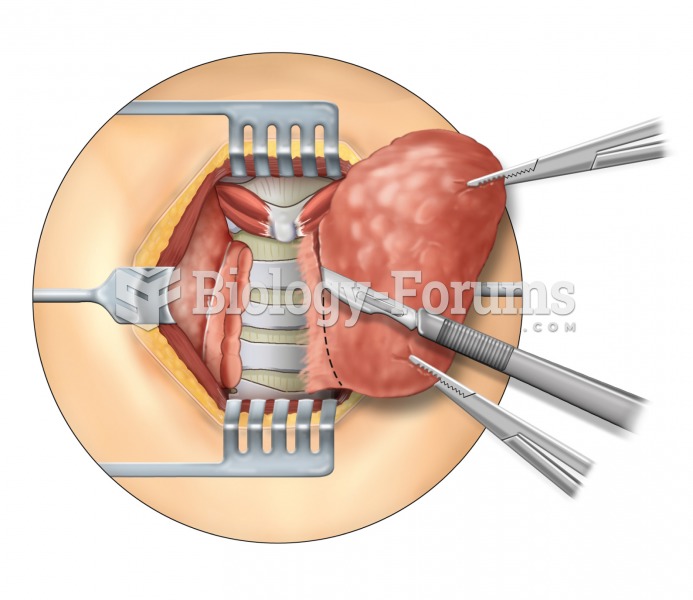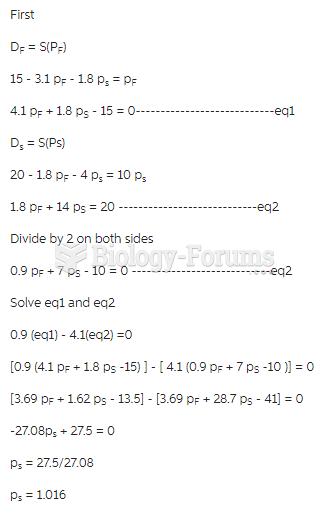Answer to Question 1
The following cases show how such a combination can be strategically useful even if it neither lowers transaction costs nor cuts the risks of opportunism.
a) Successive monopolies - Successive monopolies face the problem of double marginalization. If they operate independently their joint profits are smaller than if they cooperate.They can solve the problem by merging or devising a contract.
b) Price discrimination - The Aluminum Company of America (Alcoa) had a near monopoly
in the United States during the first half of the twentieth century. Alcoa sells aluminum to two types of customers with different elasticities of demand. Aircraft producers are inelastic demanders because they have no raw materials as flexible, strong, and light as aluminum. Cookware makers have more elastic demands. Aluminum pots conduct heat well, but cooks can also use iron or copper to produce menu items of the same quality. Alcoa wanted to price discriminate but could not prevent cookware producers from ordering large volumes of aluminum and reselling some to aircraft manufacturers. The company solved its problem by vertically integrating into cookware production. Alcoa sold aluminum to its cookware subsidiary at a low price (its true marginal cost) and charged aircraft makers a high one. It offered aluminum to anyone willing to pay a high price, but that price allowed few cookware producers to compete.
c) Avoiding Price Controls - Most distributors and large users of natural gas buy it from producers or marketers and use interstate pipelines for delivery. Gas sells in a competitive market, and there are no controls on its price. The maximum rates pipelines can charge, however, are set by the federal government. Most of the time pipelines going to the same destination compete by discounting rates below the legal maximum. During peak periods, however, demand at the maximum price can exceed available capacity. A buyer willing to pay more has the option to arrange a buy-sell transaction with the pipeline. In a buy-sell the pipeline offers to resell gas it purchased in the market for a higher price than it paid. The pipeline bundles the gas with the transportation service, and an itemized bill will show that it charged no more than the allowed maximum for transportation. By integrating into gas production or contracting with a producer the pipeline evades the legal ceiling on its transportation charge.
d) Obtaining Market Information - Assume that your firm uses large amounts of some input, which you buy from several different producers without facing transaction costs or opportunism that might otherwise warrant vertical integration. The prices you pay are individually negotiated, but you may be at a disadvantage because you do not know the producers' true costs and may be paying more than you have to. To gain information, you might consider integrating into the production of this input, not just to obtain part of your supply but also to better estimate the costs of other producers.
Answer to Question 2
True







